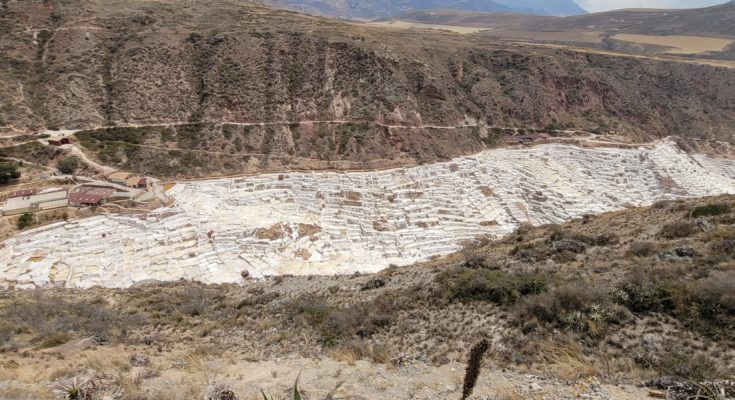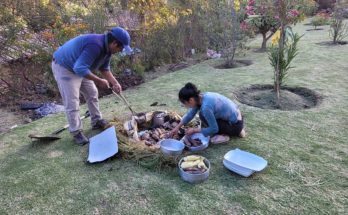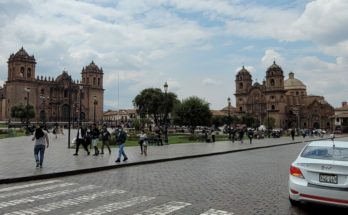On Tuesday, September 13, we visited the Maras Salt Ponds and the nearby town of Chinchero. Archaeological evidence suggests that salt production at Maras dates back more than 2,500 years, even well before the Inca civilization, although the Inca greatly expanded salt production here.
The salt is extracted by evaporating salty water from an underground stream, which also includes many minerals that provide various unique flavors . The water flows into a series of tiny channels and into hundreds of ancient terraced ponds, where the sun and wind slowly evaporate the water, leaving the salt and minerals behind. The salt is collected from the ponds in layers, producing different grades of salt for various purposes.
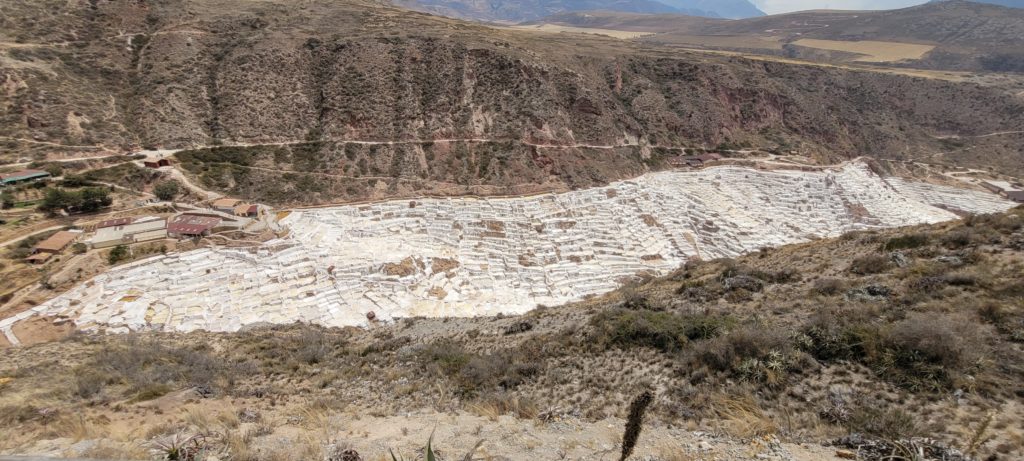
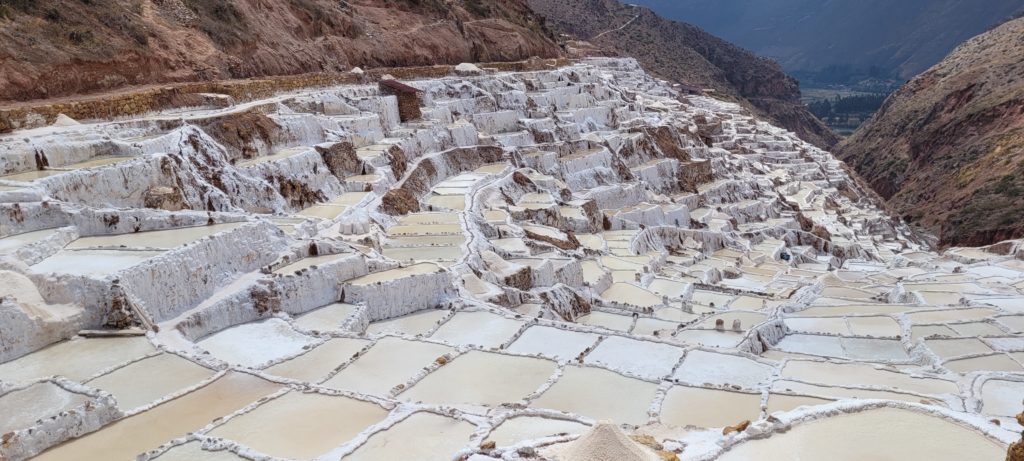
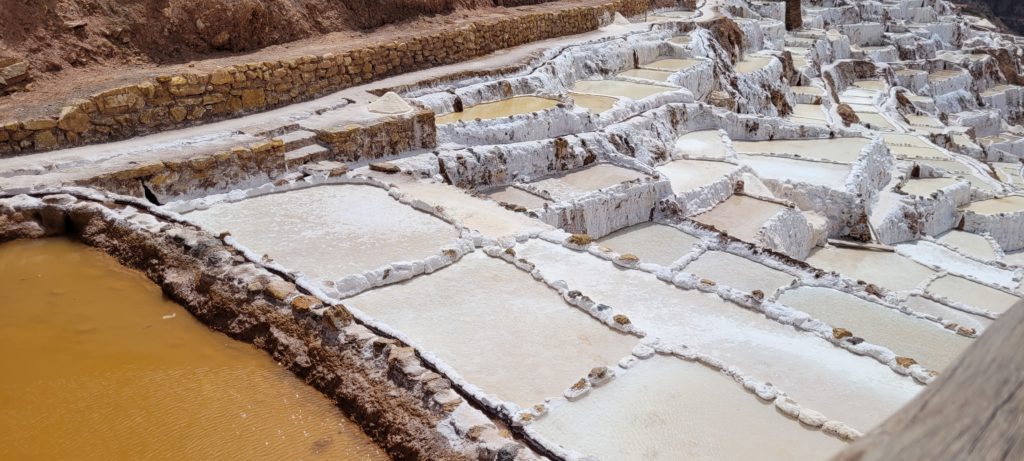
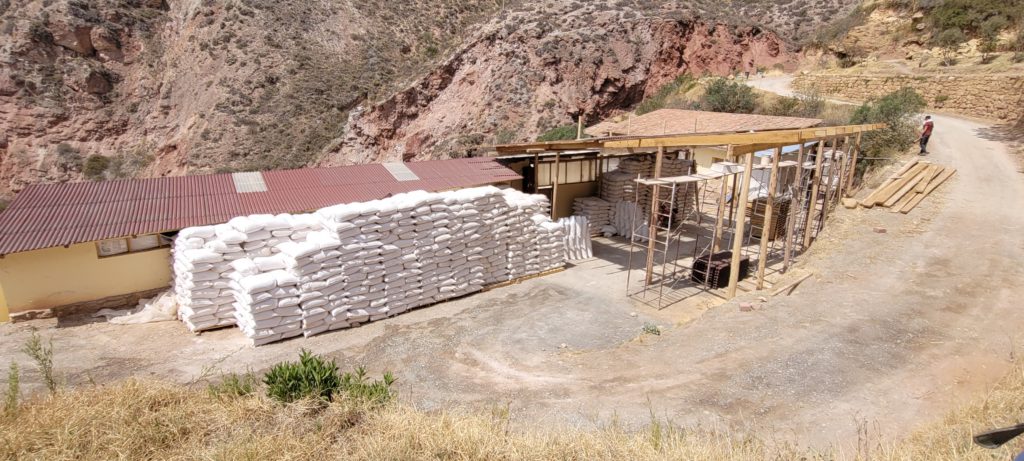
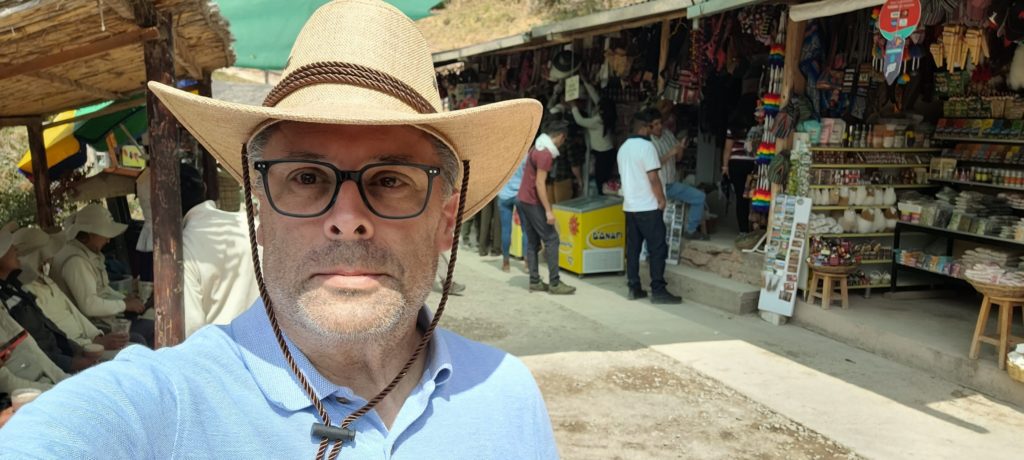
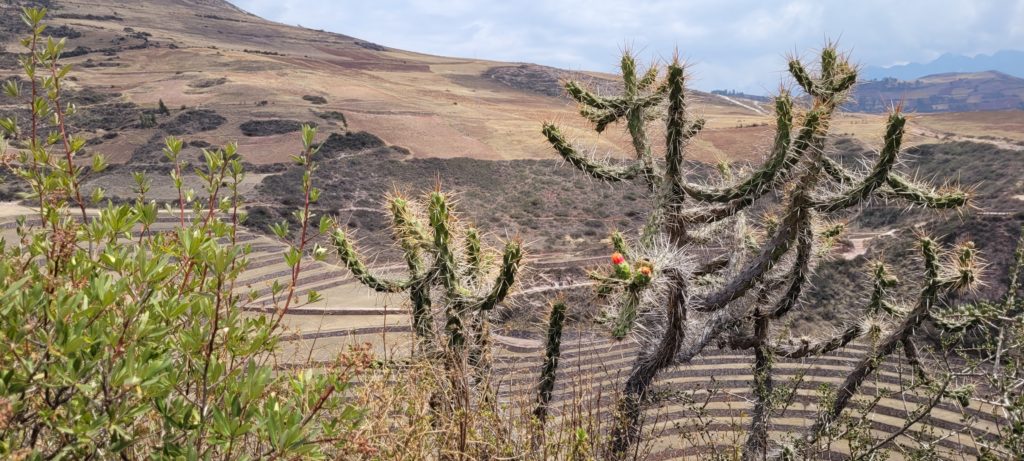
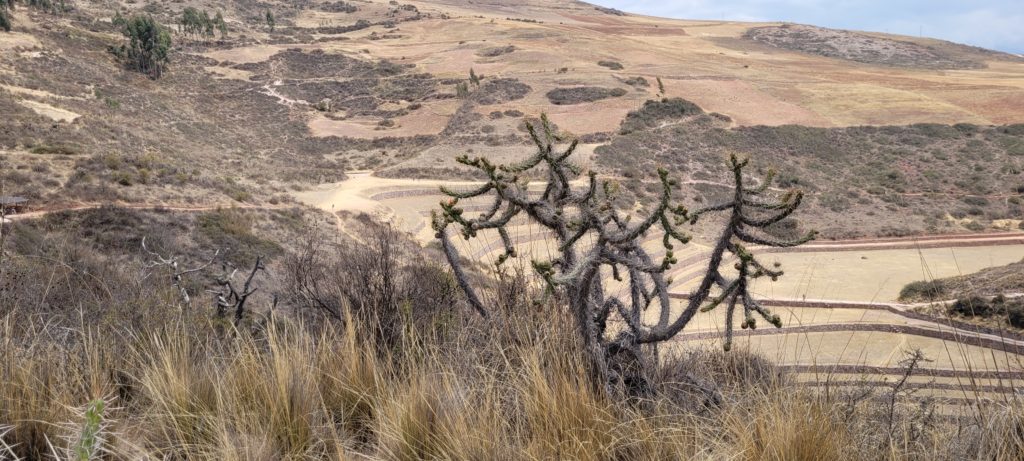
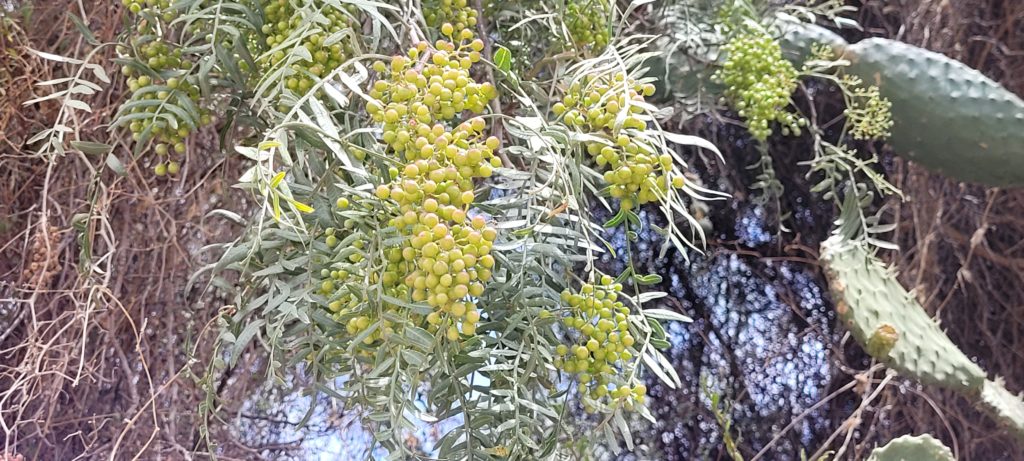
From the Maras we traveled to nearby Chinchero, where descendants of the Inca still practice centuries-old methods of extracting wool from Alpacas and Lamas. The wool is sheared using a piece of glass, then washed using grated Yucca root as a shampoo. The wool is then dyed in vivid colors using natural dyes from various plants, minerals, and even insects. Girls are taught at age 7 to spin the wool by hand. The wool yarn is then woven into intricate clothing and items like table runners.
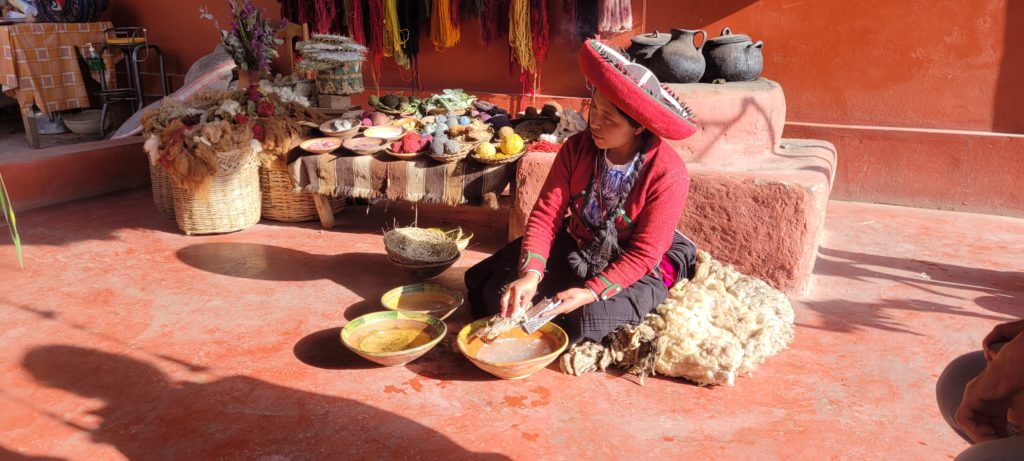
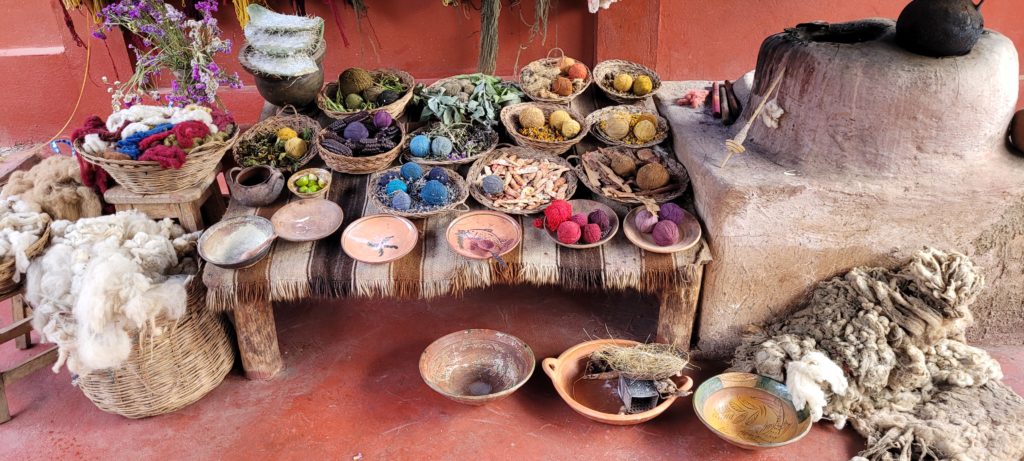
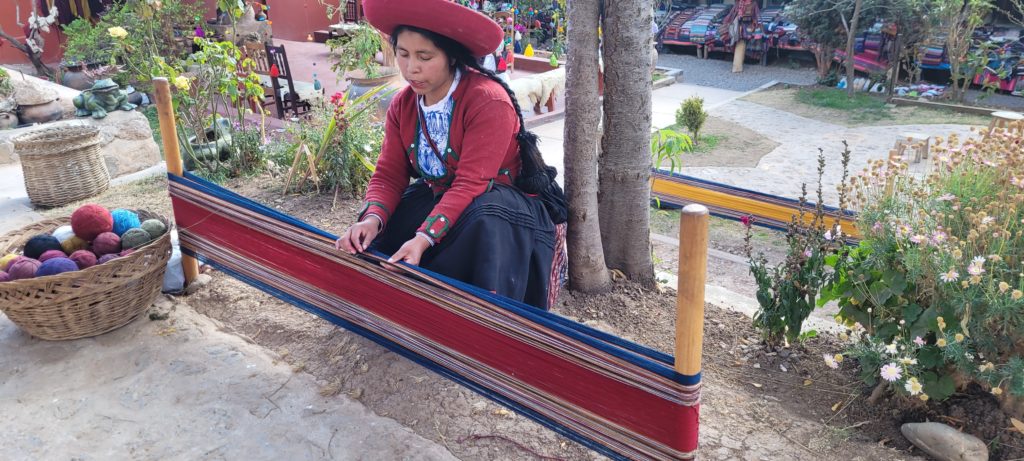
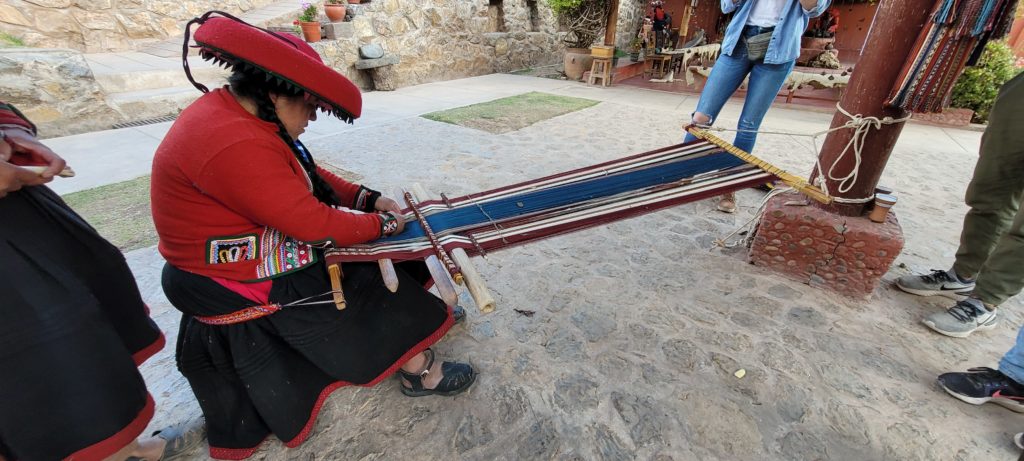
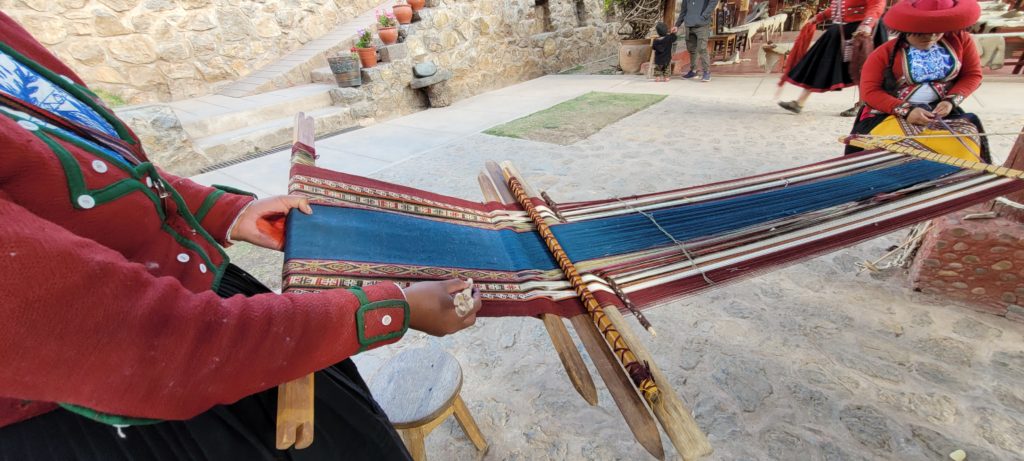
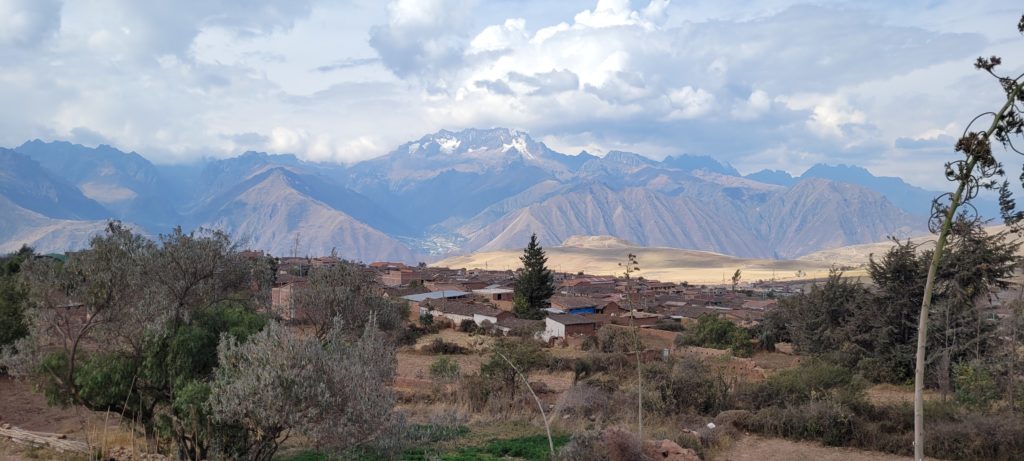
It was nice to see how centuries-old methods and traditions live on in the small Peruvian towns.

